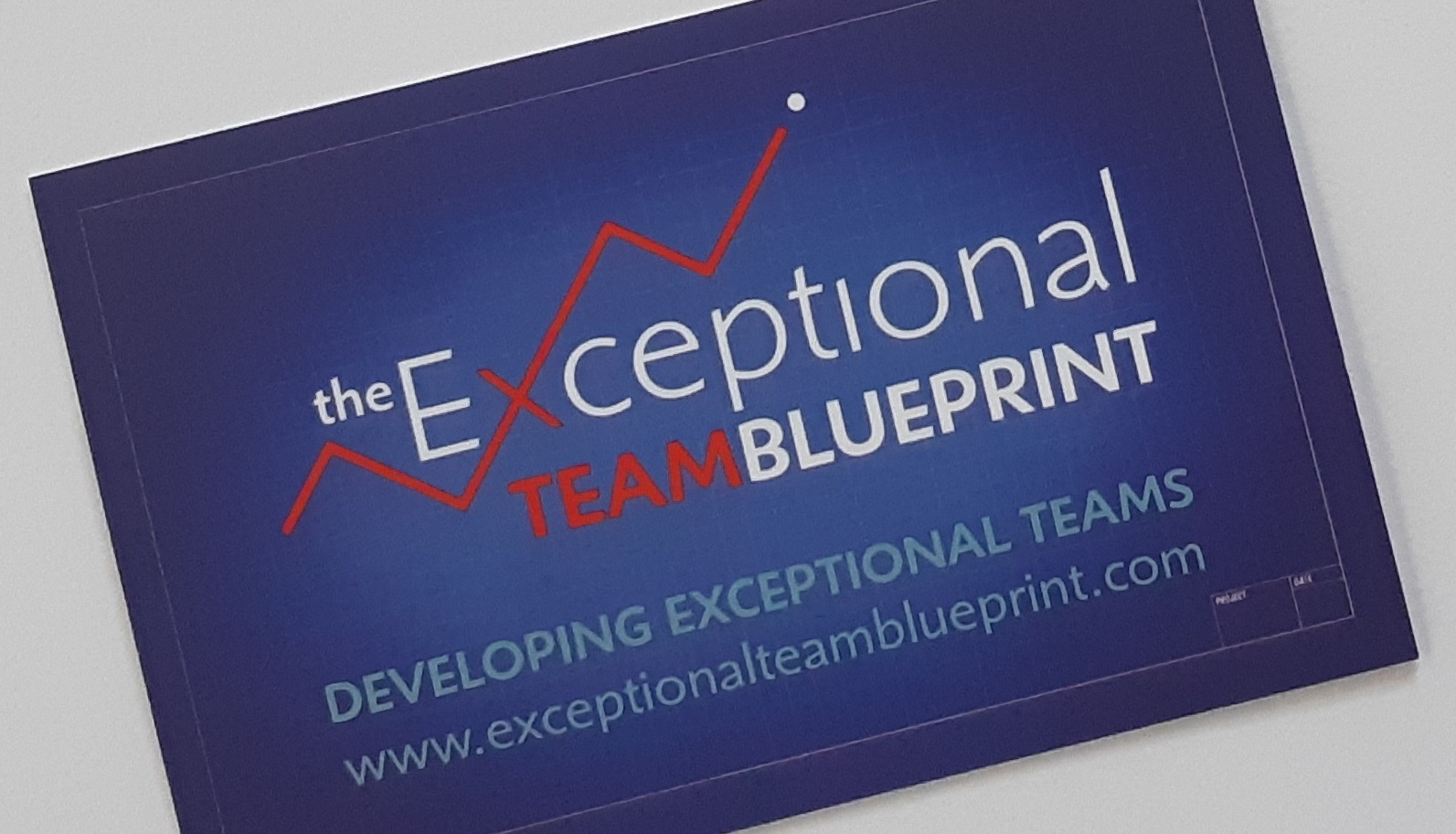Team leadership thoughts (Part 1)
I’ve been extremely fortunate to work for several great leaders during my career. Each of them brought and demonstrated different strengths in their leadership style that made them successful in my view. I’ve identified and captured some of those key strengths, observations and lessons from my experience of a number of them. Some of the aspects link to elements of the Exceptional Team Blueprint, whilst others are more behavioural.
You don’t need to be in a formal leadership position to improve the performance of the teams you’re a member of. You can think about and use many, if not all, of these aspects to help your fellow team members be part of an exceptional team.
My first set of thoughts are in this blog.
Create vision and direction
Create a compelling vision of what the team has to deliver. Ensure the team members understand the reasons why they are working to achieve that vision. This sets and communicates a clear direction for the team.
Inspire
Sell the vision to the team and inspire them to want to achieve it. Help the team members identify what’s in it for them as they move towards the vision. Define the personal benefits that will result from achieving the vision.
Set stretch goals
Create interest, challenge and motivation by setting goals that will stretch the team and move members out of their comfort zones. But not so much as to cause stress. Do this for goals at both a team and an individual level.
Focus on ‘what’ not ‘how’
Generate ownership and engagement by clearly defining what you want the team members to deliver. Then let them work out how to achieve it and the tasks they need to do in order to make it happen. Don’t tell people how to do it, but be available to advise and provide as much support as they need.
Build two-way trust
Build trust with the team members by doing what you say you will do and meeting any commitments you make. Don’t micro-manage the team, but trust the team members to get on with what they need to do in order to deliver the tasks and goals.
Involve and engage
Involve all team members by seeking and valuing their input and ideas. Listen more than you speak. Engage them in the bigger picture and encourage them to participate.
Identify and remove obstacles
Help the team to deliver and achieve by identifying obstacles. Listen to concerns about the barriers and the problems raised by the team. Help them to remove the obstacles completely, or minimise the impact that they have. Encourage the team to define their own solutions.
Resolve conflict quickly and directly
Deal with conflicts between team members and those with people outside the team in a timely way. Be direct and clear on the way forward to resolve the issues.
Be supportive
Accept that mistakes will happen. Support team members who make mistakes whilst they work to deliver tasks. Ensure they learn from the things that don’t work first time and that they share their learning across the team.
Participate
Be prepared to be an active member of the team when needed. Be willing to get your hands dirty and help the team move towards the vision.
Show appreciation
Give authentic, timely and frequent appreciation and recognition to individual team members. This could be for aspects such as delivering tasks, generating ideas, putting in significant discretionary effort, supporting other team members at an emotional level, or demonstrating the team behaviours in a positive way. Make sure the appreciation is in a form that the team member wants and values.
Recognise when team members step out of their comfort zone to fulfill requirements. They should be praised for their determination and willingness to take risks.
In my next blog I'll share my second set of thoughts.
In the meantime, if you would like to arrange to talk about how I could help you build and develop exceptional teams in your business then please get in touch.
©2023 AWD Development Solutions Ltd.
Share this post:

